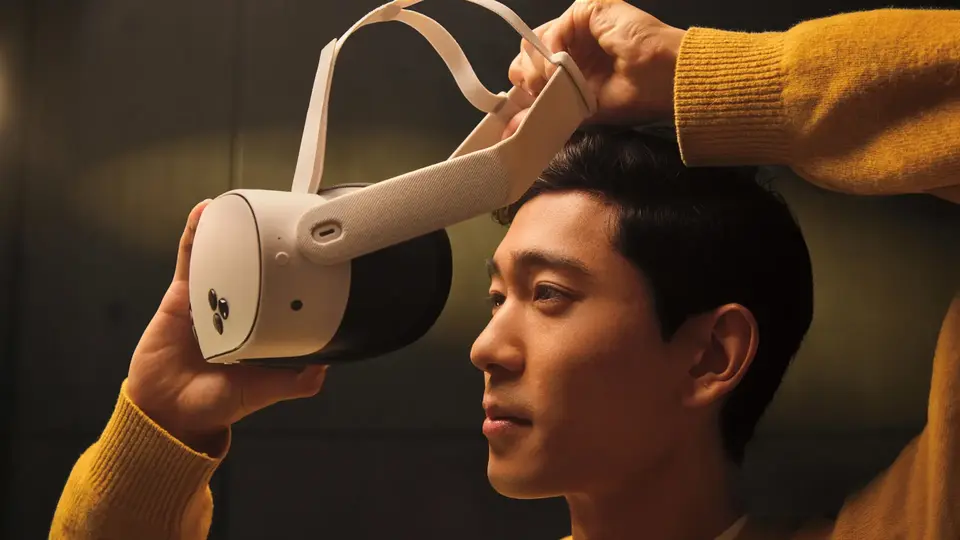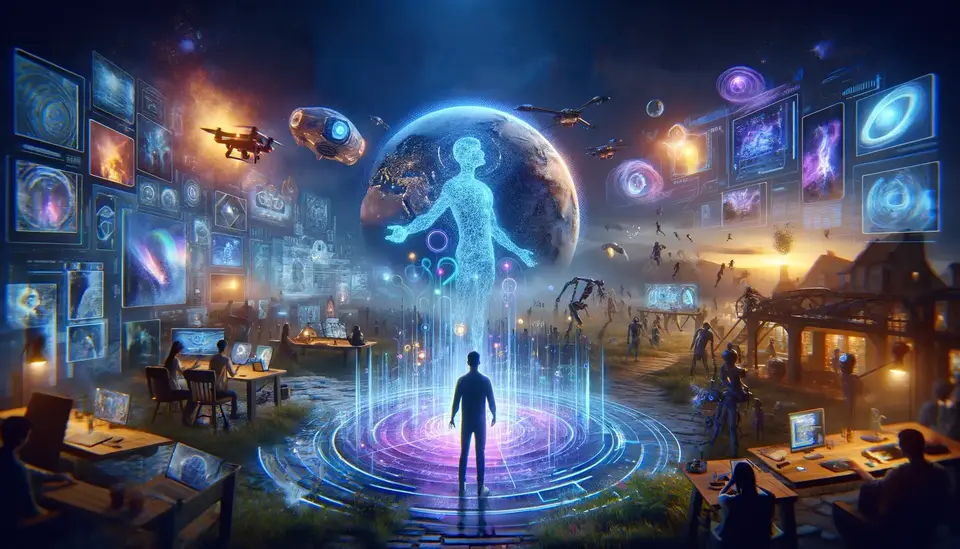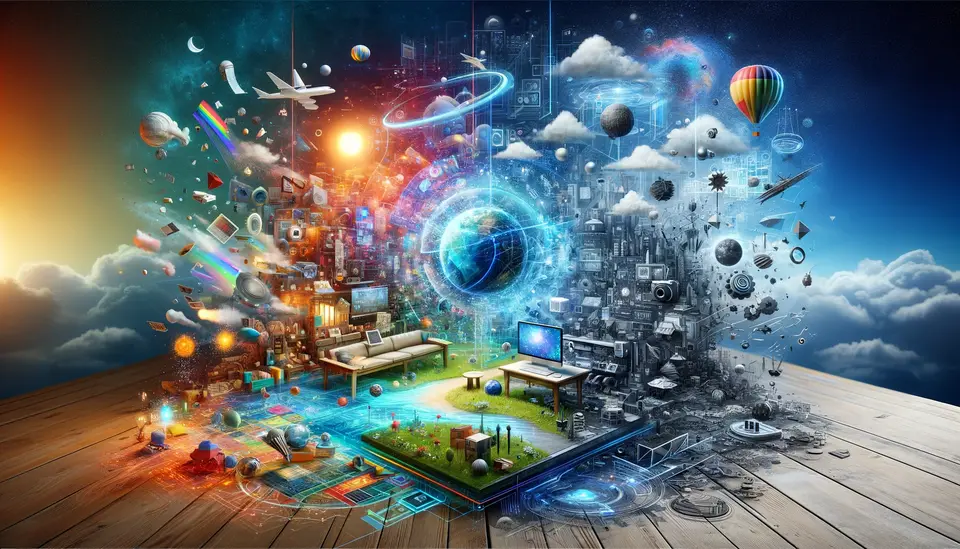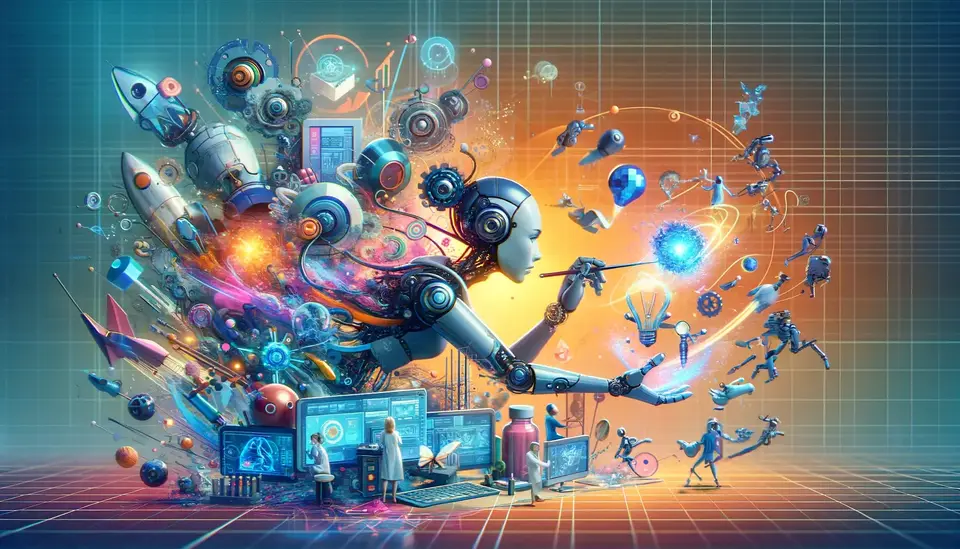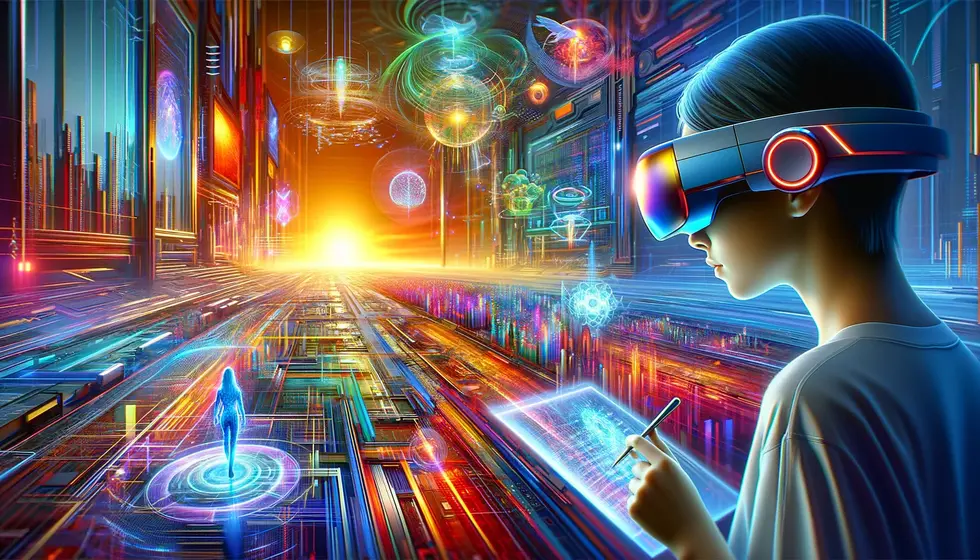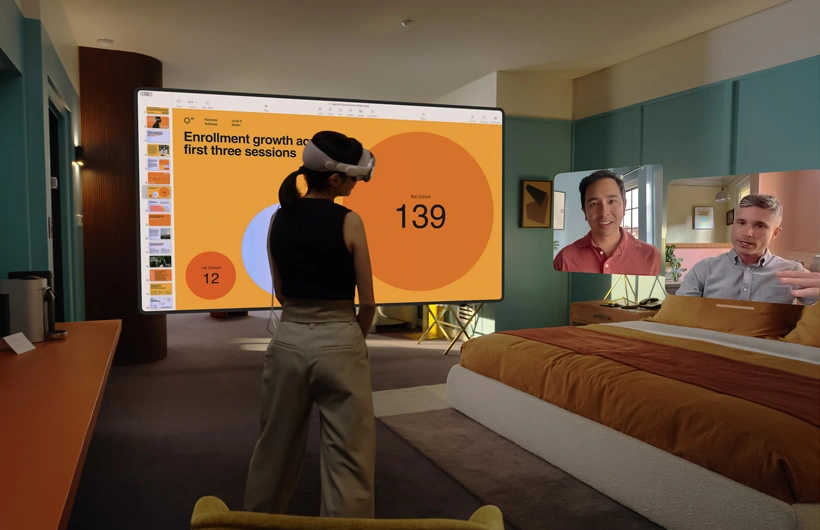Real Examples and Use Cases of Mixed Reality in Architecture
Posted on July 22, 2023 4 minutes 766 words
Table of contents
In our current era of rapid technological advancement, the intersection of mixed reality (MR) and architecture offers a tantalizing glimpse into the future. For the uninitiated, mixed reality combines elements of augmented reality (AR) and virtual reality (VR) to create a blended digital-physical environment. In the context of architecture, MR facilitates visualization of designs, real-time modifications, stakeholder collaboration, and much more. This post explores these exciting applications of mixed reality in architecture, providing detailed examples and insights into their impact on the field.
1. Conceptual Design Visualization
The first phase of an architectural project often involves creating a conceptual design—a general vision of what the completed structure might look like. Traditional techniques like sketching or using CAD software can be limiting in terms of spatial understanding and immersive visualization. Enter mixed reality.
Microsoft’s HoloLens Project
Microsoft’s HoloLens project exemplifies the power of MR in architectural visualization. The HoloLens headset enables architects to create and interact with 3D holograms of their designs in a real-world context. This not only improves their understanding of the design but also encourages a more explorative and interactive design process. Changes can be made instantaneously, and their impact on the overall design can be evaluated in real time.
2. Stakeholder Presentation and Collaboration
For any architectural project to succeed, effective communication with clients and stakeholders is crucial. Mixed reality elevates this communication to an entirely new level by enabling stakeholders to experience the design in a rich, immersive environment.
Trimble’s SketchUp Viewer
Trimble’s SketchUp Viewer allows architects to present their designs to clients using mixed reality. By wearing a compatible headset, users can experience a project as if they were actually there, walking through the space and getting a sense of scale, depth, and spatial relationships. This greatly enhances their understanding and gives them a more active role in the design process.
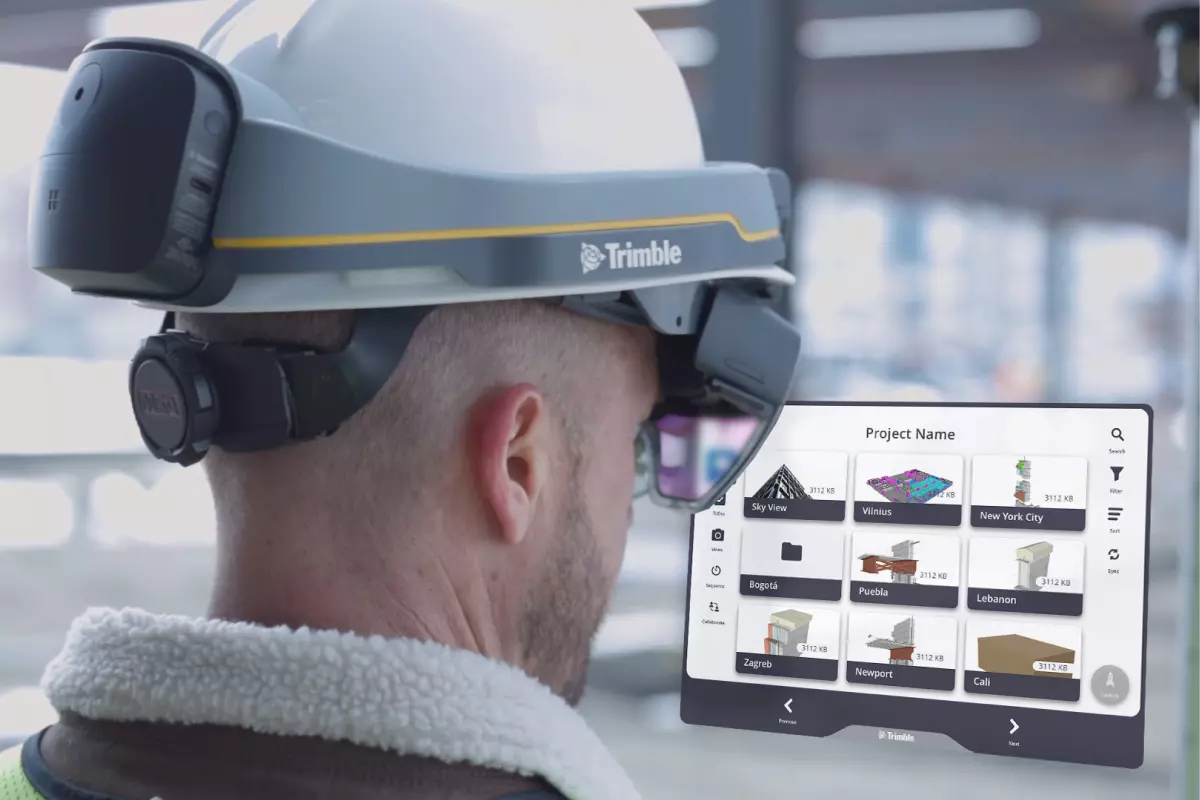
3. Real-time Design Modifications
Mixed reality doesn’t just improve visualization and presentation—it also revolutionizes the design process itself by allowing real-time modifications in a mixed reality environment.
Unity Reflect
Unity Reflect is a software platform that makes this possible. Using Reflect, architects can instantly update their design within a mixed reality environment. Any change they make is immediately reflected in the model, which they can see through their headset. This ability to make and view changes in real time streamlines the design process and facilitates more efficient communication and collaboration.
4. On-site Construction Assistance
Mixed reality isn’t confined to the design studio—it’s also making a big impact on construction sites.
Bentley Systems SYNCHRO and Microsoft HoloLens 2
Bentley Systems, a global provider of comprehensive software and digital twin services for advancing the design, construction, and operations of infrastructure, offers SYNCHRO, a 4D construction modeling solution. When combined with Microsoft HoloLens 2, workers on construction sites can visualize and interact with digital project models overlaid on the physical environment. This collaboration offers a more intuitive understanding of complex spatial relationships, potential conflicts, and sequencing needs, leading to improved construction accuracy and efficiency.
5. Historical Reconstruction and Education
Mixed reality also has potential uses beyond the architectural profession. It can serve as a powerful tool for historical reconstruction and education.
The Rome Reborn Project
The Rome Reborn project is an ambitious initiative that uses mixed reality to digitally recreate ancient Rome. By donning a headset, users can walk through the reconstructed city as it would have appeared at the height of its development. This provides an unparalleled perspective on architectural history, allowing us to step back in time and experience ancient environments as if we were really there.
6. Urban Planning and Landscape Design
Mixed reality can be a potent tool in urban planning and landscape design, offering comprehensive and immersive views of large-scale projects.
ESRI’s CityEngine
ESRI’s CityEngine software blends 3D modeling with geographic information systems (GIS) to create lifelike urban landscapes in a mixed reality setting. Planners can interact with these digital cities, allowing them to analyze various aspects of urban development, conduct simulations, and make more informed decisions.
Conclusion
The impact of mixed reality on architecture and related fields is profound and far-reaching. By enhancing visualization, streamlining design modifications, improving stakeholder communication, aiding construction, and more, MR technology is revolutionizing the way we conceive, design, and interact with the built environment. As we look to the future, the continued evolution of mixed reality promises even greater innovation, transforming the world of architecture in ways we can only begin to imagine.
Stay tuned to our blog for more exciting insights into how emerging technologies are reshaping traditional industries!


